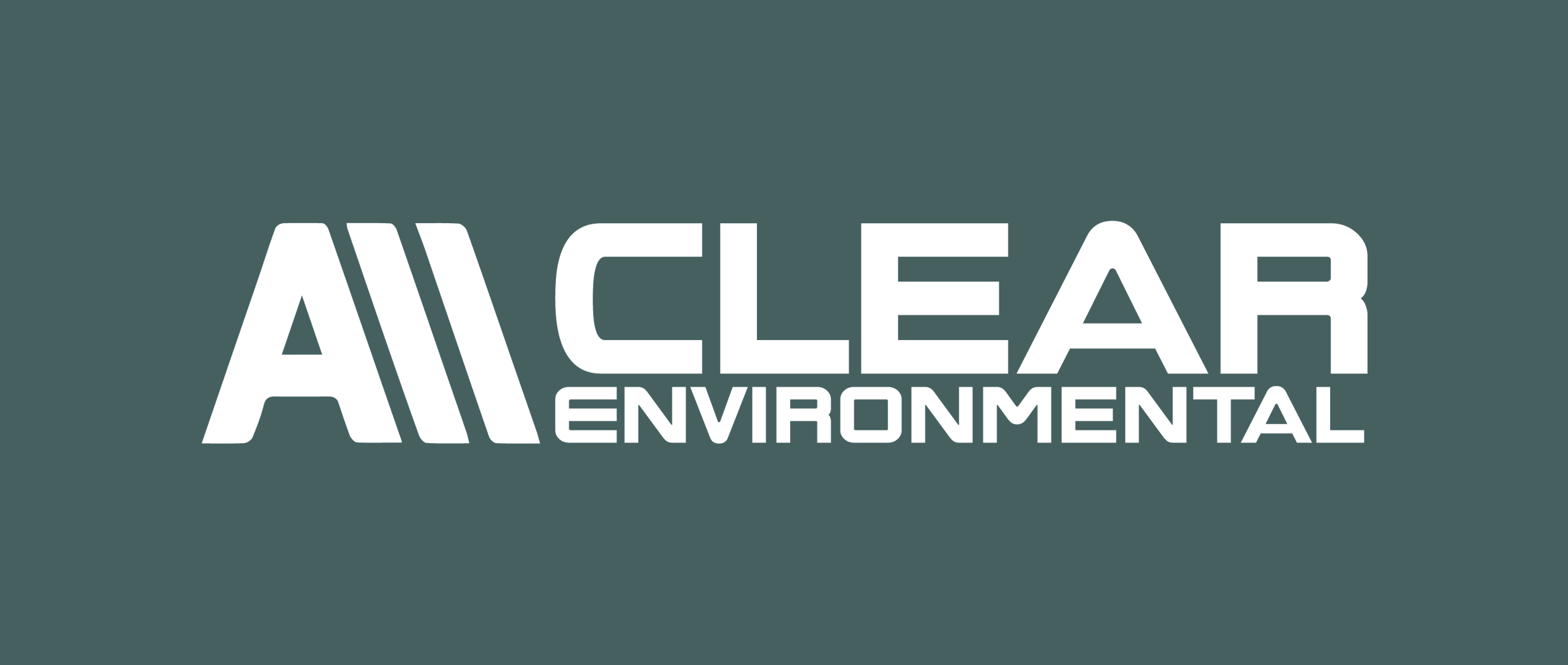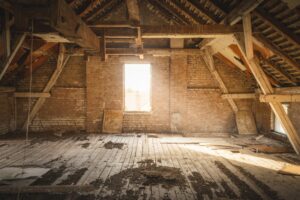
How to Identify Asbestos in Your Home: Signs, Risks, and Next Steps
Asbestos was once considered a miracle material in construction. Its fire resistance, insulating properties, and strength made it a popular choice throughout the 20th century. However, we now know that asbestos exposure can have devastating effects on human health.
Although asbestos was officially banned in Canada in 1985, leftover materials were still used in some construction projects until approximately 1987. As a result, homes built between the 1950s and late 1980s are considered at highest risk of containing asbestos-containing materials (ACMs). While homes built after 1990 are far less likely to contain asbestos, testing is still recommended before any major renovation.
For homeowners, understanding how to identify asbestos, recognizing the risks, and knowing the right steps to take can help avoid serious health issues and ensure the safety of everyone in the home.
Where Asbestos May Be Found in the Home
If your home was built before the 1990s, it may contain asbestos in various forms. Health Canada has confirmed that asbestos was widely used in construction materials in Canadian homes, including:
- Pipe and boiler insulation: Often found wrapped around older heating systems.
- Vermiculite insulation: Especially in attics, potentially contaminated with asbestos.
- Textured ceilings and wall coatings: “Popcorn ceilings” are a common example.
- Vinyl floor tiles and adhesives: Particularly the 9×9 inch tiles used in mid-century homes.
- Cement-based siding and roofing: Including asphalt roofing felts and shingles.
- Plaster and drywall joint compounds: In walls and ceilings.
These materials are not dangerous if left undisturbed, but once they start to deteriorate or are tampered with—during renovations, for example—they can release microscopic asbestos fibers into the air.
Visual Signs of Asbestos-Containing Materials (ACMs)
Asbestos cannot be positively identified by sight alone, but there are some red flags to watch for:
- Cracked or crumbling materials: Especially insulation, old ceiling textures, or tiles.
- Fluffy insulation in attics: White or gray materials that resemble vermiculite.
- Discolored or brittle vinyl tiles: Tiles installed before the 1990s are suspect.
- Old pipe coverings: White, fibrous wraps or materials.
It’s important to note that even professionals send samples to certified laboratories for confirmation. Never attempt to collect a sample yourself—it could expose you to asbestos fibers.
Health Risks of Asbestos Exposure
Asbestos is harmful when its fibers are released into the air and inhaled. These tiny fibers can become lodged in lung tissue, where they remain permanently, causing damage over time.
According to Health Canada, exposure to asbestos can lead to:
- Asbestosis: A chronic lung disease causing shortness of breath and scarring of lung tissue.
- Mesothelioma: A rare and aggressive form of cancer affecting the lining of the lungs, abdomen, or heart.
- Lung cancer: Strongly linked to asbestos exposure, especially in smokers.
- Laryngeal and ovarian cancers: Also associated with long-term exposure.
The Canadian Cancer Society emphasizes that there is no safe level of asbestos exposure. Even low-level contact can increase the risk of disease, and symptoms often take 20–30 years to appear.
What to Do If You Suspect Asbestos in Your Home
If you think your home contains asbestos, here are the steps you should take:
- Do Not Disturb It
Avoid drilling, sanding, scraping, or moving the material. Disturbing ACMs is the fastest way to release hazardous fibers. - Limit Access to the Area
Keep children and pets away from areas where ACMs are suspected, especially attics, basements, or renovation zones. - Hire a Certified Asbestos Inspector
Only licensed professionals have the tools and protective gear to test materials safely. In Canada, asbestos testing and abatement are regulated at both federal and provincial levels. - Follow Professional Recommendations
Depending on the situation, the material may need to be removed or encapsulated. Never try to remove asbestos yourself.
According to Health Canada, any renovation that may disturb asbestos materials should be done by professionals trained in safe asbestos handling and removal.
Working with Professionals: Why It Matters
Managing asbestos safely requires specialized knowledge and strict adherence to health and safety protocols. Certified asbestos professionals perform:
- Risk assessments
- Sample collection and laboratory analysis
- Safe removal or encapsulation
- Proper disposal according to environmental laws
The Canadian Centre for Occupational Health and Safety (CCOHS) emphasizes the importance of training and workplace safety when dealing with asbestos. Improper handling not only endangers residents but also tradespeople, neighbours, and the environment.
By hiring an experienced environmental company like AllClear Environmental, you benefit from industry-leading practices in asbestos inspection and removal. AllClear adheres to all Canadian safety guidelines, uses government-approved procedures, and ensures that your home is restored to a safe and livable condition.
Preventing Future Exposure
While asbestos is no longer used in Canadian construction, the risk remains in older buildings. Preventative steps include:
- Having older homes professionally inspected before major renovations.
- Maintaining materials in good condition—don’t allow deterioration or moisture buildup.
- Educating yourself and your family about asbestos and its risks.
- For landlords, sellers, and property managers, understanding your responsibilities regarding asbestos disclosure and remediation is essential to compliance with Canadian laws.
Conclusion
Asbestos detection and remediation is a complex and highly regulated field that requires technical expertise, protective procedures, and strict attention to safety. From identifying potential asbestos-containing materials to managing their safe containment or removal, every step must be handled with care.
By hiring a trusted environmental professional like All Clear Environmental, homeowners can ensure that any asbestos risk is assessed, managed, and eliminated according to Canadian safety standards. Whether you’re planning a renovation, buying an older home, or simply ensuring your family’s health, professional asbestos services are the safest and most effective next step.






